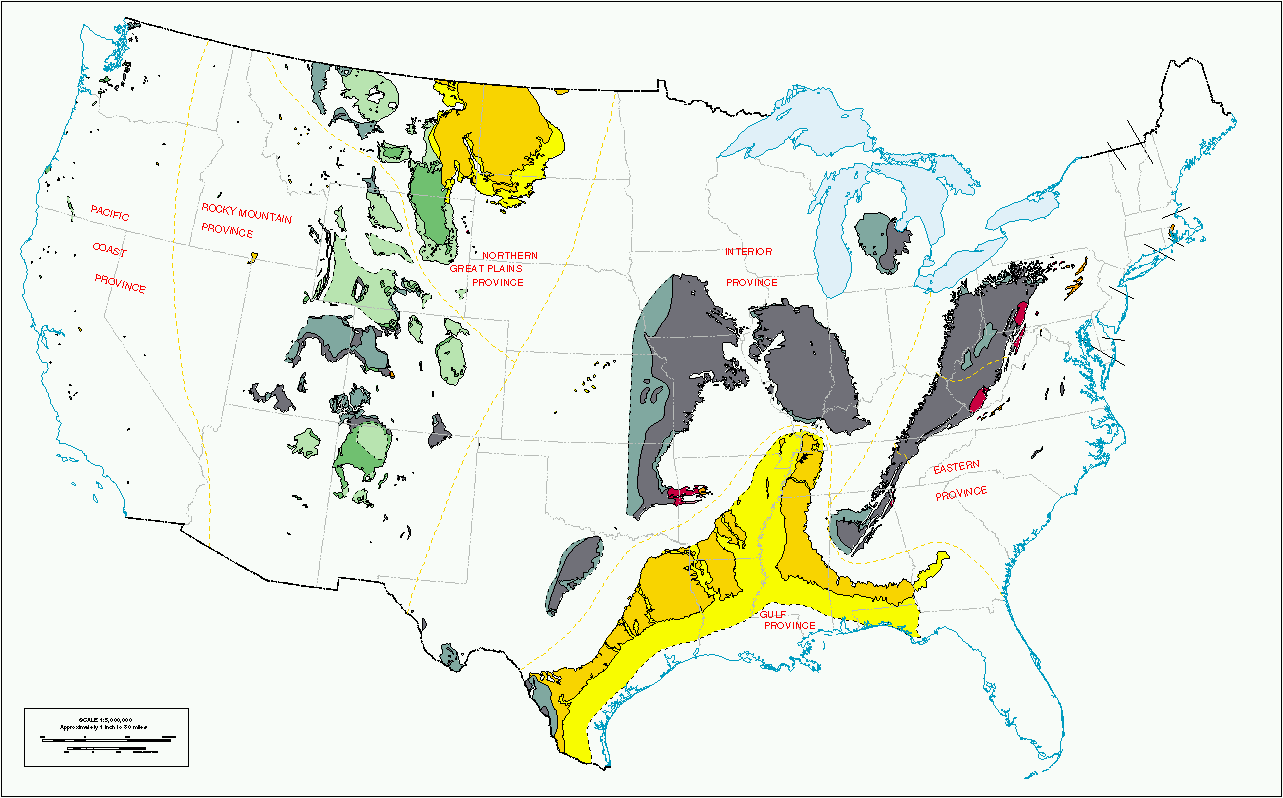Geologic province on:
[Wikipedia]
[Google]
[Amazon]
A geologic province or geological province is a spatial entity with common geologic attributes. A province may include a single dominant structural element such as a basin or a fold belt, or a number of contiguous related elements. Adjoining provinces may be similar in structure but be considered separate due to differing histories.
 Some studies classify provinces based upon mineral resources, such as
Some studies classify provinces based upon mineral resources, such as
Geologic Province Map of the World
(NASA)
(USGS) {{Geology-stub
Geologic provinces by origin
Geologic provinces by resources
 Some studies classify provinces based upon mineral resources, such as
Some studies classify provinces based upon mineral resources, such as mineral
In geology and mineralogy, a mineral or mineral species is, broadly speaking, a solid substance with a fairly well-defined chemical composition and a specific crystal structure that occurs naturally in pure form.John P. Rafferty, ed. (2011): Mi ...
deposits. There are a particularly large number of provinces identified worldwide for petroleum
Petroleum, also known as crude oil or simply oil, is a naturally occurring, yellowish-black liquid chemical mixture found in geological formations, consisting mainly of hydrocarbons. The term ''petroleum'' refers both to naturally occurring un ...
and other mineral fuels, such as the Niger Delta petroleum province.
See also
* Physiographic province *Geomorphology
Geomorphology () is the scientific study of the origin and evolution of topographic and bathymetric features generated by physical, chemical or biological processes operating at or near Earth's surface. Geomorphologists seek to understand wh ...
* United States Geological Survey
The United States Geological Survey (USGS), founded as the Geological Survey, is an agency of the U.S. Department of the Interior whose work spans the disciplines of biology, geography, geology, and hydrology. The agency was founded on Mar ...
References
*External links
Geologic Province Map of the World
(NASA)
(USGS) {{Geology-stub